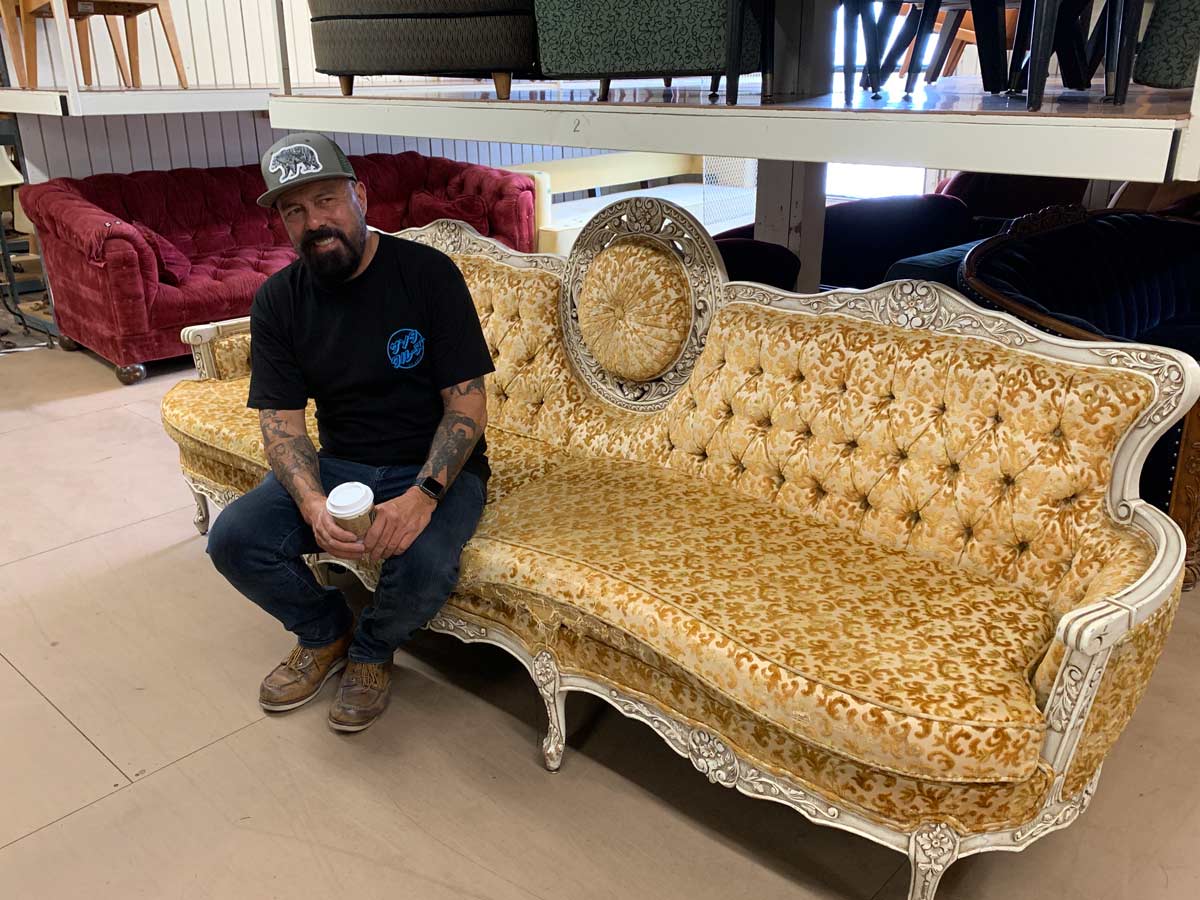Welcome to the fascinating world of set decorators! If you have ever marveled at the intricate details that breathe life into movie sets, you are not alone. From the glitz of Hollywood to independent films, set decorators play a vital role in storytelling by creating immersive environments. In this article, we will explore what a set decorator does, the skills required, job prospects, and how you can embark on this exciting career path.
What is a Set Decorator?
A set decorator is responsible for the overall aesthetic of a film or television show. They work closely with production designers to enhance the narrative visually through carefully curated decor, furniture, and props. Their work is crucial to creating believable and engaging environments that encapsulate the story being told.
Key Responsibilities of Set Decorators
- Collaborating with directors and production designers to understand the aesthetic vision.
- Researching and sourcing appropriate decorations and props.
- Working within budgets to procure items needed for a production.
- Styling sets and ensuring that decor aligns with the vision for time periods and settings.
- Supervising the installation and maintenance of set pieces during filming.
Skills Required for Set Decorator Jobs
To thrive as a set decorator, one needs a blend of creative and practical skills:
- Creativity: Ability to envision designs that enhance the story.
- Attention to Detail: Ensuring every element on set is authentic and contributes to the overall aesthetic.
- Communication: Working effectively with a diverse team of artists and technicians.
- Time Management: Meeting tight deadlines, often while juggling multiple tasks.
- Budgeting: Making financial decisions to maximize limited resources.
The Set Decorator’s Work Environment
Set decorators typically work on film sets, television studios, or live production venues. Their work environment varies depending on the project, but the atmosphere can be both exhilarating and high-pressure. It’s a collaborative space where creativity meets logistical challenges.

Typical Work Hours and Conditions
Set decorators often work long hours, especially during production phases. A typical day can range from 10 to 14 hours, and weekends are not uncommon. The job requires physical labor, as decorators may need to lift and move heavy furniture or props.
Getting Started in Set Decoration
If you’re interested in pursuing a career as a set decorator, here are some steps to consider:

Education and Training
While a formal degree is not always required, having a background in art, design, or theater can be beneficial. Many professionals come from related fields such as interior design or architecture. Here are some educational paths to consider:
| Degree/Certification | Description | Pros | Cons |
|---|---|---|---|
| Bachelor’s Degree in Fine Arts | A comprehensive program covering art and design principles. | Provides foundational knowledge and networking opportunities. | Can be time-consuming and expensive. |
| Interior Design Certification | Focuses on creating functional and aesthetically pleasing spaces. | Useful skills in color theory and spatial planning. | Less exposure to film-specific design concepts. |
| On-the-Job Training | Learning directly on set under experienced professionals. | Hands-on experience and networking opportunities. | May not provide formal recognition or credentials. |

Networking Opportunities in the Industry
Networking is crucial in the film and television industry. Here are some effective ways to connect with professionals:
- Attend industry events and film festivals.
- Join professional organizations such as the Set Decorators Society of America (SDSA).
- Build relationships through internships or volunteer opportunities on productions.
Building Your Portfolio
Your portfolio is your calling card. An effective portfolio showcases your best work, including photographs of sets you’ve decorated, sketches, and design concepts. Consider the following tips when building your portfolio:
- Include a wide variety of styles and settings.
- Highlight your role in collaborative projects.
- Add testimonials from directors or production designers you’ve worked with.

Internships and Entry-Level Positions
Starting as a production assistant or intern can provide invaluable experience. Look for opportunities on film sets, theater productions, or even commercial shoots. These positions often lead to more significant roles within the industry.
Salary Expectations for Set Decorators
The salary of set decorators varies widely based on experience, location, and the type of production. Here’s a general overview:

| Experience Level | Average Salary (Annual) | Job Opportunities |
|---|---|---|
| Entry-Level | $35,000 – $50,000 | Production Assistant, Intern |
| Mid-Level | $50,000 – $75,000 | Freelance Set Decorator, Assistant Decorator |
| Experienced | $75,000 – $100,000+ | Lead Set Decorator, Supervising Art Director |
Top Cities for Set Decorator Jobs
The job market may vary based on geographical regions. Some of the best cities for set decorator jobs include:
- Los Angeles, CA
- New York City, NY
- Atlanta, GA
- Vancouver, Canada

Pros and Cons of a Set Decorator Career
Like any profession, being a set decorator has its ups and downs. Here’s a quick overview:
Pros
- Opportunity to work on creative and exciting projects.
- Possibility of travel and working in various locations.
- Ability to express artistic vision and contribute to storytelling.

Cons
- Irratic working hours and job security can be unpredictable.
- High-pressure environment requiring quick problem-solving.
- Physical demands of moving and installing set pieces.
Frequently Asked Questions (FAQs)
What qualifications do you need to be a set decorator?
While formal education is not always required, a degree in arts, design, or theater can be beneficial. Relevant experience and a strong portfolio are crucial.
How do set decorators find jobs?
Networking, internships, and building a strong portfolio are essential for finding opportunities. Joining industry organizations can also provide job leads.
What is the difference between a set decorator and a production designer?
A production designer is responsible for the overall visual concept of a film, including all aspects of set design. Set decorators focus on the specific details and props within those spaces.
How long does it take to become a set decorator?
The time it takes can vary significantly based on individual circumstances. Many set decorators start by gaining experience in related fields, which can take from a few months to several years.
Conclusion: Creating Memorable Cinematic Experiences
Set decorating is an art that requires a unique blend of creativity, organization, and teamwork. As you venture into this exciting field, remember that every detail you curate helps tell a story, making the viewer’s experience unforgettable. If you love art and are passionate about creating spaces that transport people to different worlds, a career as a set decorator may be your calling. Embrace every opportunity, keep learning, and never underestimate the impact of your artistic contributions!